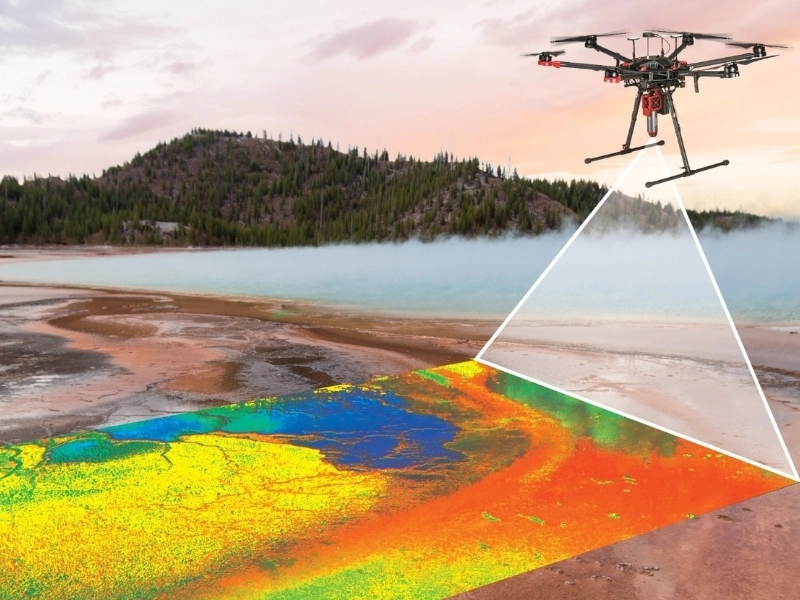15 Cutting-Edge Technologies for Detecting and Researching Ball Lightning: The Hope of Future Science
Advertisement
One of the most mysterious events in nature, ball lightning has long captivated both the public and experts. New approaches for seeing and analyzing these elusive spheres of light are developing as technology develops, providing hitherto unheard-of understanding of their composition, behavior, and creation. This paper investigates 15 innovative technologies transforming ball lightning research and opening the path for revolutionary findings and maybe new spheres of scientific knowledge unlocking.
1. High-Speed Spectral Imaging Systems

Advertisement
In ball lightning detection and analysis, high-speed spectral imaging techniques mark a major breakthrough. These sophisticated cameras can record thousands of frames per second and concurrently examine the spectral composition of the light ball lightning generates. This method lets scientists examine the fast changing structure and chemical composition of ball lightning in real-time. Modern sensors sensitive to a broad spectrum of wavelengths—from UV to infrared—allow the cameras to offer a whole perspective of the electromagnetic emissions of the phenomenon. High temporal resolution combined with spectrum analysis lets researchers monitor the changes in the chemical composition and energy distribution of the ball lightning across its lifetime. Understanding the physical processes controlling ball lightning's creation and maintenance depends on this knowledge. These imaging systems also frequently include advanced image processing techniques that can highlight ball lightning's minute features and patterns, therefore exposing information perhaps undetectable to the unaided eye. By use of thorough 3D models of ball lightning created from the acquired data, researchers can investigate their underlying structure and movements. Moreover, the high-speed capacity helps to record the sometimes brief interactions between ball lightning and its surroundings, so offering important new perspectives on its behavior and possible consequences on nearby materials. These imaging devices promise to reveal even more secrets of this enigmatic phenomenon as they develop, therefore enabling possible advances in plasma physics and atmospheric research.
You May Like
Advertisement













